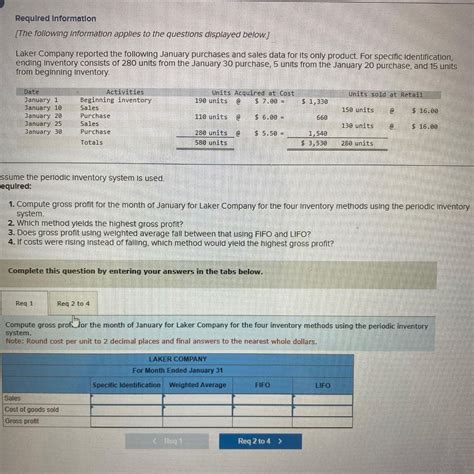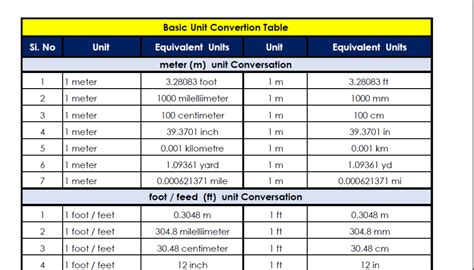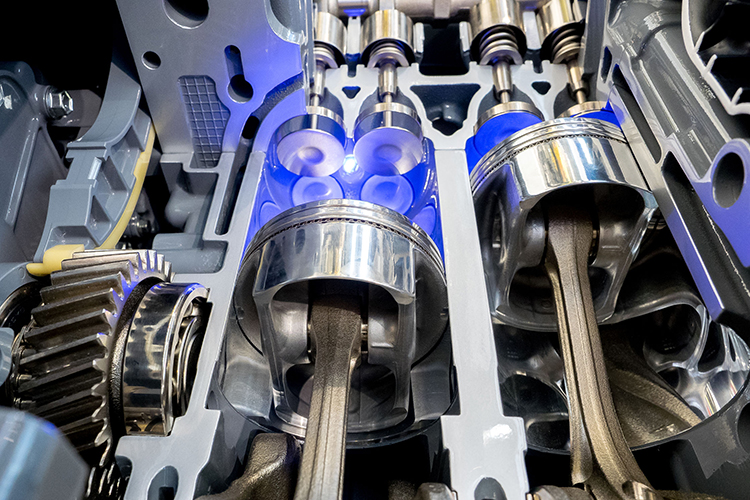The concept of torque is a fundamental principle in physics and engineering, referring to the rotational force that causes an object to turn or rotate. It is a measure of the twisting or turning force that can cause an object to change its rotational motion. In the context of physics, torque is typically measured in units of force multiplied by distance, with the most common unit being the Newton-meter (N·m). However, there are other units used to express torque, depending on the specific application or industry. For instance, in the automotive industry, torque is often expressed in units of pound-feet (lb·ft), while in the engineering field, it may be expressed in units of inch-pounds (in·lb) or foot-pounds (ft·lb).
Understanding the Concept of Torque

To grasp the concept of torque, it’s essential to consider the relationship between force, distance, and rotational motion. Torque is a vector quantity, which means it has both magnitude and direction. The magnitude of torque depends on the amount of force applied and the distance from the axis of rotation to the point where the force is applied. The direction of torque is determined by the direction of the force and the direction of the rotation. In a real-world scenario, 5 units of torque could be significant, depending on the context. For example, in an automotive engine, 5 lb·ft of torque might be a relatively small amount, while in a precision mechanical system, 5 N·m of torque could be substantial.
Applications of Torque in Different Fields
Torque has numerous applications across various fields, including engineering, physics, and mechanics. In engineering, torque is crucial in the design of rotational systems, such as gears, motors, and engines. In physics, torque is used to describe the rotational motion of objects and to calculate the energy transferred during rotational motion. In the context of mechanics, torque is essential for understanding the behavior of machines and mechanisms. For instance, a mechanic might use a torque wrench to apply a specific amount of torque to a bolt or nut, ensuring it is securely tightened without being over-tightened.
| Unit of Torque | Equivalent Value |
|---|---|
| Newton-meter (N·m) | 1 N·m = 0.7376 lb·ft |
| Pound-foot (lb·ft) | 1 lb·ft = 1.3558 N·m |
| Inch-pound (in·lb) | 1 in·lb = 0.11298 N·m |

Key Points
- Torque is a measure of the rotational force that causes an object to turn or rotate.
- The most common unit of torque is the Newton-meter (N·m), but other units such as pound-feet (lb·ft) and inch-pounds (in·lb) are also used.
- Understanding the concept of torque is crucial in various fields, including engineering, physics, and mechanics.
- The magnitude of torque depends on the amount of force applied and the distance from the axis of rotation to the point where the force is applied.
- Conversions between different units of torque are essential in ensuring accurate calculations and applications.
In conclusion, torque is a fundamental concept that plays a critical role in various fields. Understanding the concept of torque and its applications is essential for professionals and individuals working in these fields. By recognizing the importance of torque and its units, individuals can better appreciate the complexity and nuance of rotational motion and its applications in real-world scenarios.
What is the difference between torque and force?
+Torque and force are related but distinct concepts. Force refers to the push or pull that causes an object to change its motion, while torque refers to the rotational force that causes an object to turn or rotate. Torque is a measure of the twisting or turning force that can cause an object to change its rotational motion.
How is torque measured?
+Torque is typically measured using a torque wrench or a dynamometer. The measurement of torque depends on the specific unit being used, such as Newton-meters (N·m) or pound-feet (lb·ft). In some cases, torque may be measured using a formula that takes into account the force applied and the distance from the axis of rotation to the point where the force is applied.
What are some common applications of torque?
+Torque has numerous applications across various fields, including engineering, physics, and mechanics. Some common applications of torque include the design of rotational systems, such as gears, motors, and engines, as well as the calculation of energy transferred during rotational motion.



